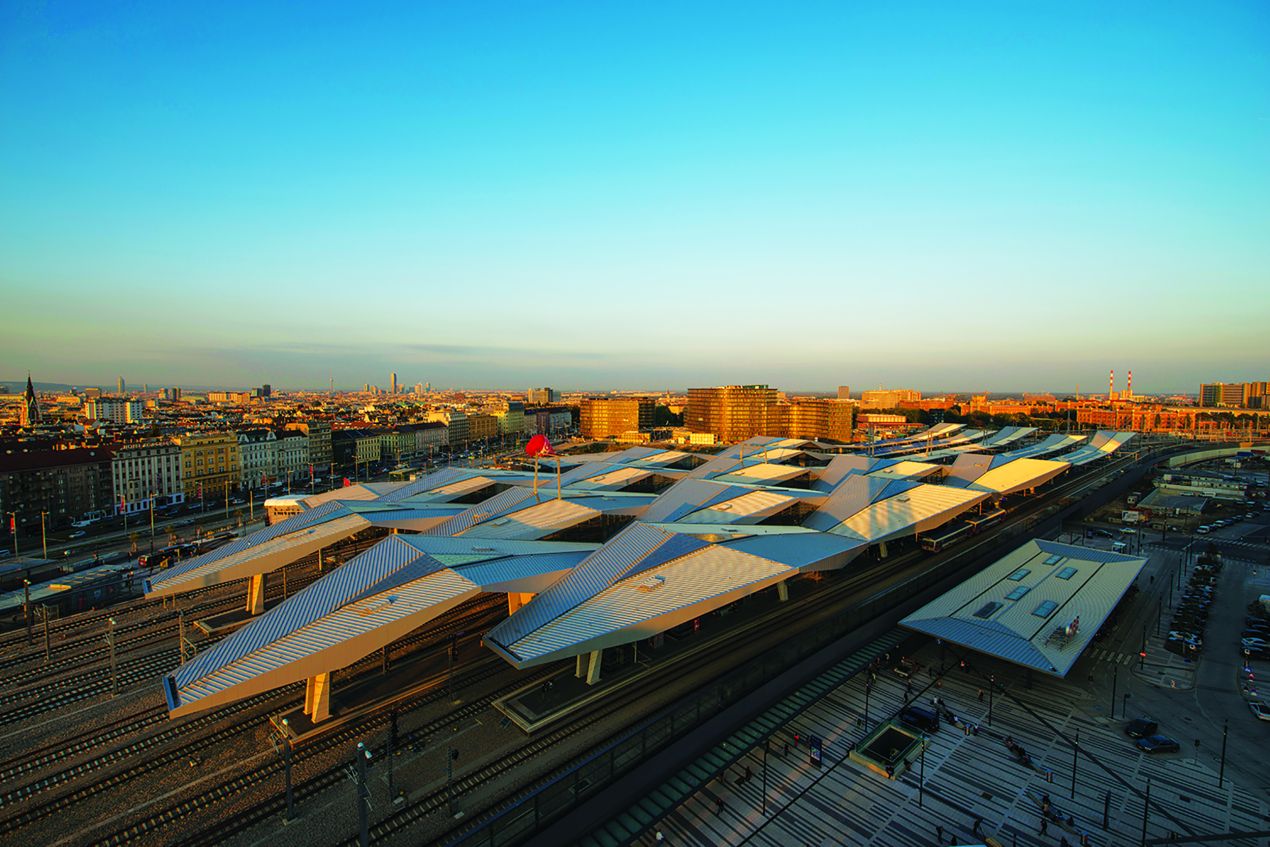Transformational transport infrastructure projects are under way across Europe to meet our increasing demand for travel and city aspirations for greater connectivity. How do you create a step change in passenger experience, connectivity, neighbourhood benefit and operational resilience without damaging the current transport network and experience?
From the major redevelopment of London Bridge Station to the redevelopment of Vienna Hauptbahnhof, the creation of new capacity, enhanced experience and visually appealing transport infrastructure comes at a price and with risks.
The challenge is a big and tangible one. From lost ticket revenues through to community anger and direct disruption, the impact of poorly-delivered investment in transport infrastructure can be catastrophic for the delivery organisations and their political and financial supporters. What then can be done? The mantras of “going into it with your eyes wide open”, “preparation is the key to success”, and “rapid learning is the key to survival” may sound trite but are borne out as critical success factors.
”Eyes wide open”
Understanding the value – operational, economic, financial and reputational – of the railway station/transit hub/motorway junction will provide a clearer case for investing in alternative transport strategies, construction methodologies or program phasing. Simply promising a “better future” will not remove passenger wants and needs. Better then to understand them thoroughly, prioritise their delivery, and communicate fully.
”Preparation is key”
True preparation is building inherent strength and resilience into all the organisations involved. Ensuring staff capability and equipping them with the tools to deliver is necessary but not sufficient. Individual and collective insight on what is important, and a sense of mission, will empower appropriate rapid and holistic decision-making.
Minute-by-minute decisions will affect thousands of commuters, just as millions in expenditure are laid in concrete and steel. Equilibrium of understanding must exist between immediate business and transport outcomes and ultimate project delivery.
”Learning to survive”
Monitoring, listening, engaging and testing need to be continuous through the project’s delivery. Amending temporary layouts, information provision and retail is required to respond to unanticipated reactions, and seasonal impacts like adverse weather or holiday shopping. It’s an opportunity to minimise passenger disruption and to help support a better final station/hub/junction, without the baggage of a newspaper headline calling attention to failures during construction. So what does this mean for the renaissance of transport infrastructure and, I’d argue, for its public transit and highway networks in major cities?
It means a cold, hard calculated assessment of the impacts, conservatism in the ambition over what can be achieved, a ruthlessness to simulate and pilot different scenarios for their impacts, and a creativity to embrace technical, commercial and behavioural tactics to develop optimal solutions. Once-in-a-generation reconstruction is worth paying for, but not at any price.
